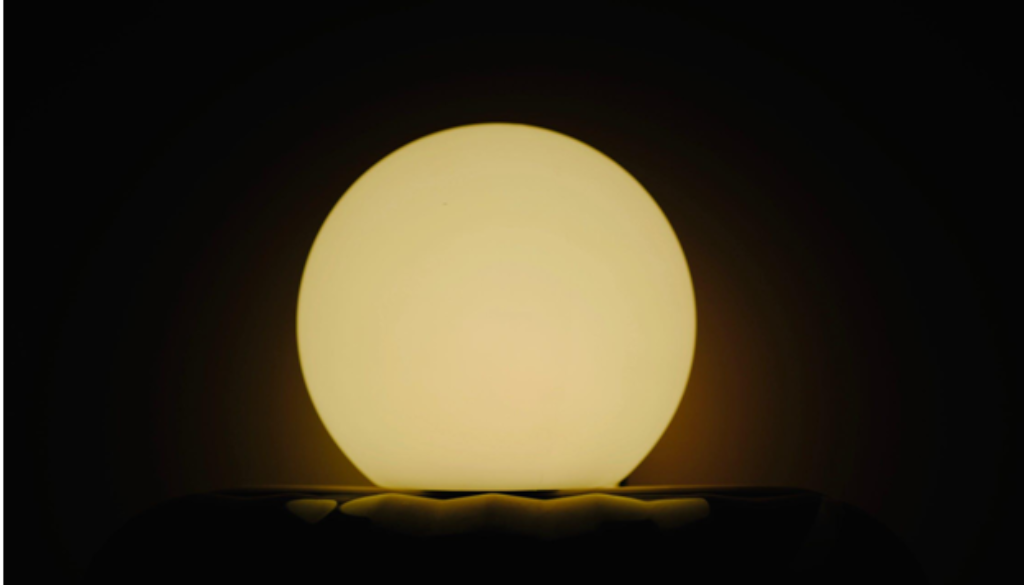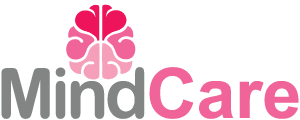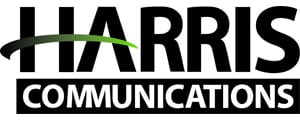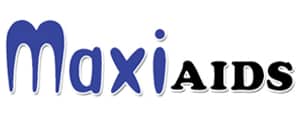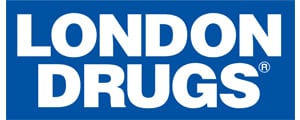Light Therapy as a Sleep Aid?
‘Trouble sleeping’ is one of the most common medical complaints among adults. Among seniors, over 72% report regular sleep issues. There are pharmaceutical solutions, but many come with side effects or lose efficacy after a few months, so clinicians are constantly looking for alternative methods to help people get a better night’s sleep. A new study shows that Bright White Light (BWL) may be a solution to the problems for some people.
“How does bright white light work?
Every day we are exposed to environmental cues, or “zeitgebers” that help us reset our circadian timing. The most potent one is sunlight. Sunlight (especially light in the blue light range) enters the eyes and stimulates receptors on the retina. This signal travels up the optic pathway to the brain ultimately shuts down melatonin production, which has a strong arousing effect. Light boxes, which are commercially available devices for administering bright light (and screen out harmful UV light), are just a substitute for sunlight, and have the same effect. Morning light, in particular, helps to reset our circadian rhythms if they have drifted to a later clock time (e.g. adolescents tend to go to bed later and later, and wake up later and later, developing what is called a delayed sleep/circadian phase in relationship to sunrise/sunset).
Why might someone need an artificial intervention, as opposed to going by the natural patterns of sunrise/sunset?
Natural sunlight is the best source of light for our circadian health. In fact, it is so good, that the amount of blue light contained in sunlight is actually highest in the mornings, when the effect of blue light on our circadian timing is strongest, and is lowest in the evening when we are gearing down to go to sleep. In contrast, the amount of blue light in artificial light is constant, so can be damaging to our sleep with evening exposure.
Morning BWL can be used as a proxy for morning sunlight during the winter or on cloudy/rainy days when our exposure to sunlight is limited. It can also be helpful if a person is unable to get outside to experience sunlight, such as if they are infirm or chronically fatigued, or have work/school obligations that limit their time for going outside in the mornings. When given a choice, however, sunlight is always best.”
BWL therapy was developed primarily for dark winters or areas with extensive cloudy days, but this study shows it may be helpful in more environmental conditions.
Brought to you by smpltec.com, Technology for Seniors News.

